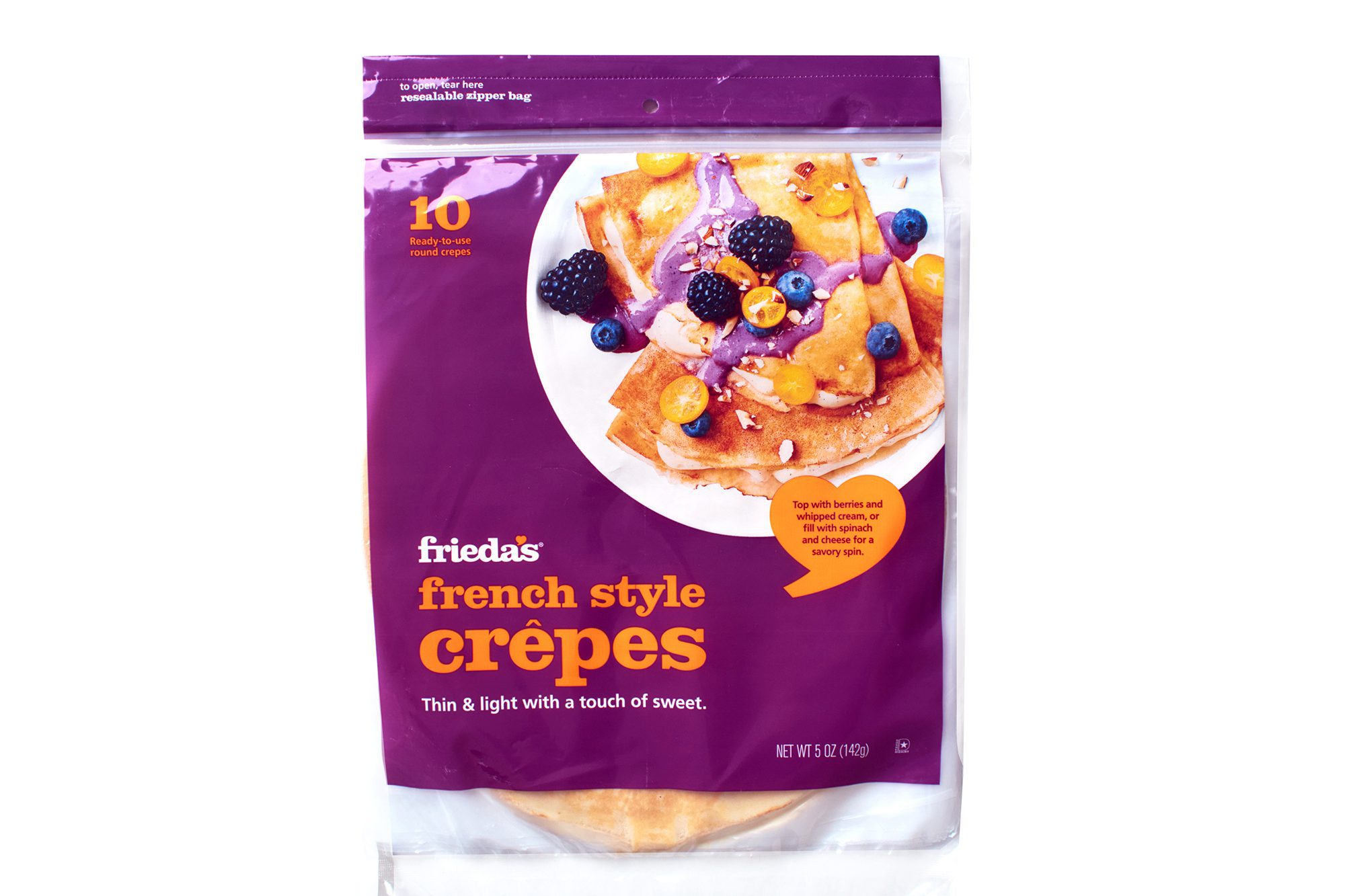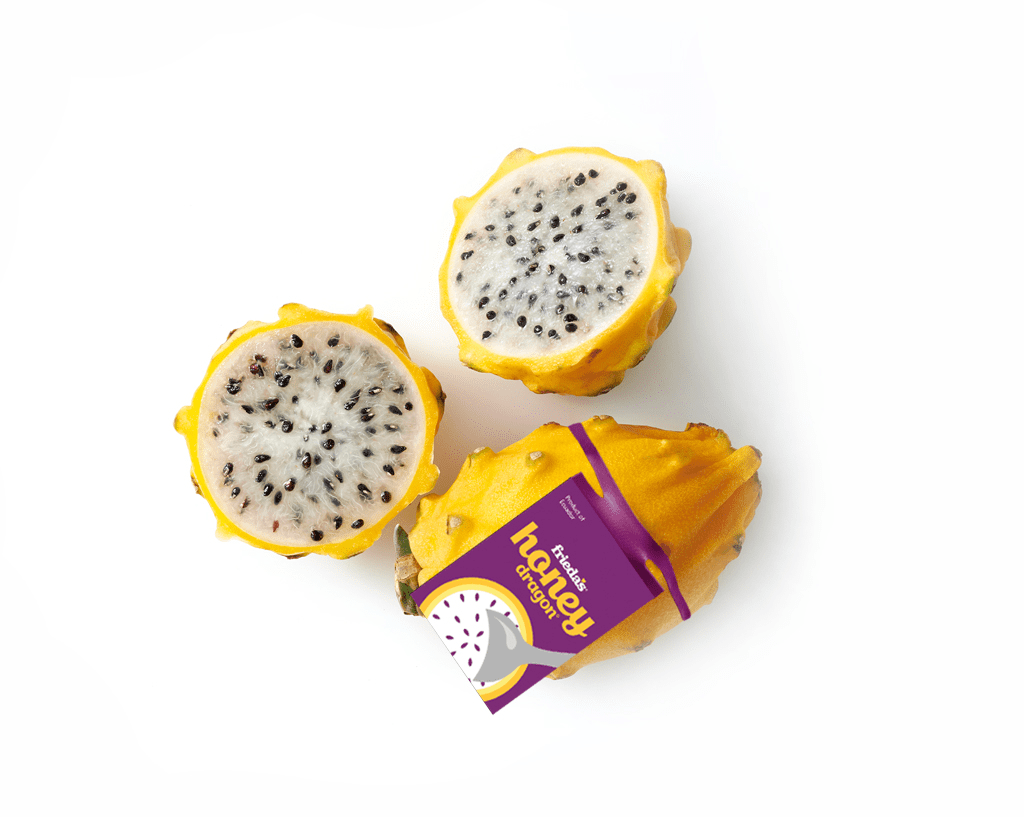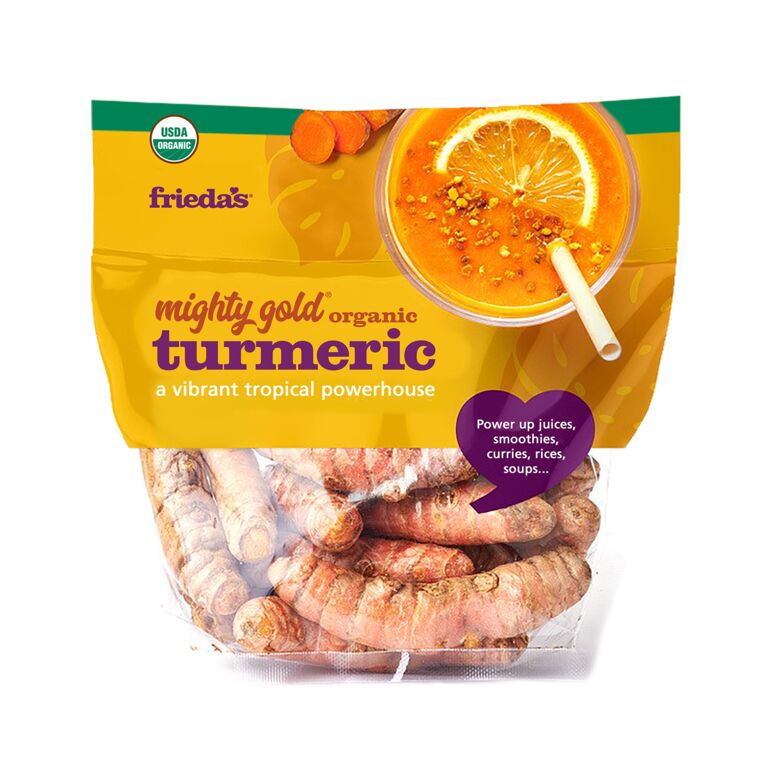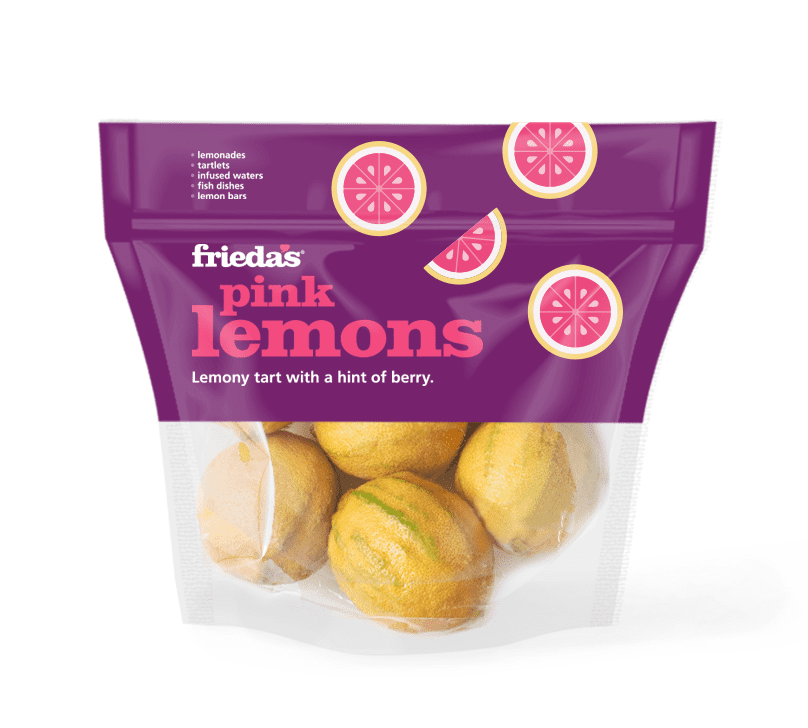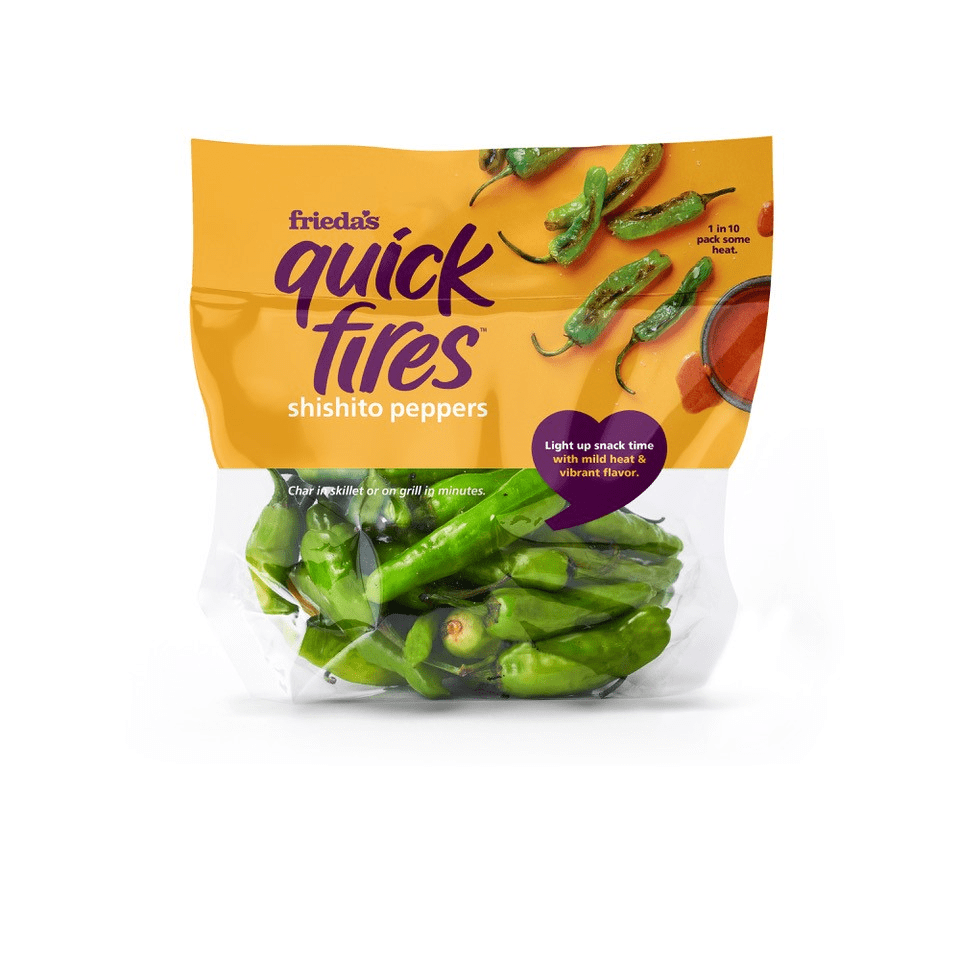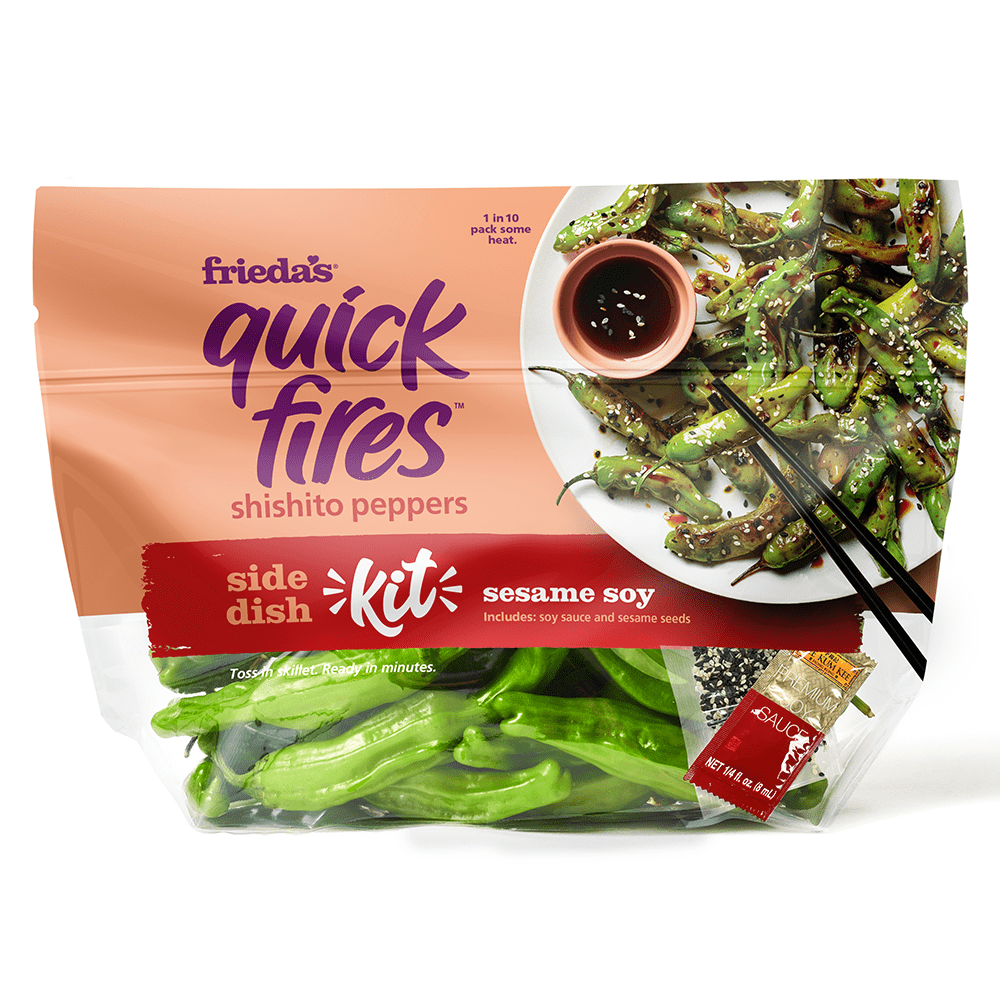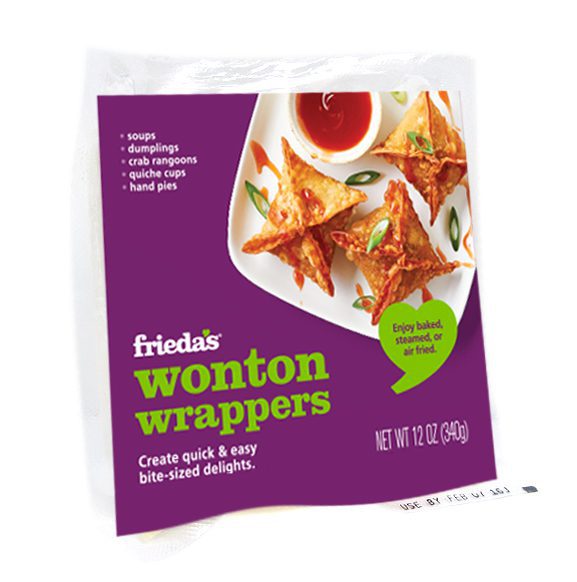I’m sure you’ve seen the name on fruit drinks, as many beverage companies are labeling their fruit blends or fruit-flavored drinks with the names of exotic fruits (Kiwi-Strawberry, Passion Fruit-Mango, and others). Dragon Fruit seems to be the latest in a line of exotic-flavored drinks. (Last year, the well-known fabric freshener company, Febreeze, ordered a few cases of our Dragon Fruit to feature in the print advertisement for their new Dragon Fruit-scented spray!)
Interestingly, Dragon Fruit doesn’t really have a unique, distinctive or strong flavor. (I describe it as a mild kiwifruit, at best.) But, clearly it does have a cool name.
When Frieda’s first started marketing Dragon Fruit many years ago, we called it by a different name. The fruit was introduced to us as Pitaya or Pitahaya. Pitaya, aka Dragon Fruit, is native to Mexico, Central and Latin America. It also has been cultivated in Asia (Indonesia, Thailand, Taiwan and Vietnam, to name a few). In those Asian countries, it is known as Dragon Pearl and Fire Dragon Fruit…thus the name Dragon Fruit. A few years ago I also learned that the Vietnamese name for the fruit is Thanh Long, which translates to “blue dragon.” “Blue” refers to the cooling properties of the fruit.
In the United States, Dragon Fruit is grown both in Southern California and Florida. And of course, it grows in tropical Hawaii, but cannot currently be brought to the mainland due to agricultural restrictions.
Right now, we are bringing Dragon Fruit in from Vietnam, by boat. It takes a few weeks for the fruit to arrive here on the West Coast, and as soon as it clears customs and gets to the Frieda’s dock, we ship it out to markets and restaurants all over the country. In July, the Florida crop will become available, and the California season will start in late August. They both last until the “first frost” — usually somewhere between November and December.
So what inspired me to write about Dragon Fruit today? Well, earlier this week, The New York Times ran an article featuring Dragon Fruit, “A Fruit with a Future.” You can read it here.
It’s so interesting how a single story can influence people and purchases. That story in The New York Times will probably cause many more supermarkets across the country to order Dragon Fruit. Produce buyers know that curious consumers, after reading that article, will be on the lookout for Dragon Fruit for weeks to come.
And of course, chefs everywhere are already familiar with Dragon Fruit but may be inspired to include it on fruit platters, in appetizers or as a colorful garnish, more than ever.
If you get to get taste a Dragon Fruit, let us know what you think of it, by posting a comment on our Facebook page: www.facebook.com/FriedasSpecialtyProduce
Enjoy!
Karen



